The best time to go on a museum tour is on a summer weekday. People are busy with their daily activities. It’s warm outside and my mind is full of the desire to explore the world around. If I take a superficial approach to museums, I didn’t think there were so many in Riga, and so good. From the problems of history to modern technology. The original museum plan was based on the TOP list of museums available on the website of the Riga Investment and Tourism Agency. But looking at the map of Riga, there are other museums worth including in the museum tour, as they are on the “on the way” route.
Museums also have opening hours and you need to plan your visit. At least a little, because it’s my day off and I like to sleep longer, so being ready with the first rooster crows of the morning wouldn’t work for me, and it didn’t. It wasn’t that I slept a lot, but I was an hour off plan, which didn’t make any difference to the overall plan of the day.
Enough with the lyrics, more about the museums I visited, what I saw and what impressions I had.
The first museum is “Riga Ghetto and Latvian Holocaust Museum”. The day started on a sad note, but we have to know your history. It is interesting that I meet a group of tourists who speak German. We cannot change the past, but together we can prevent it from happening again. The museum has 11 exhibits dedicated to the memory of the Jewish people and the atrocities they suffered. That man can be evil, I am aware of that, but that others are tolerating such evil as a leader, I find difficult to accept (examples are not far to seek these days). Jews were deported to Western Europe on a one-way ticket, i.e. they were taken to be enslaved and then killed.
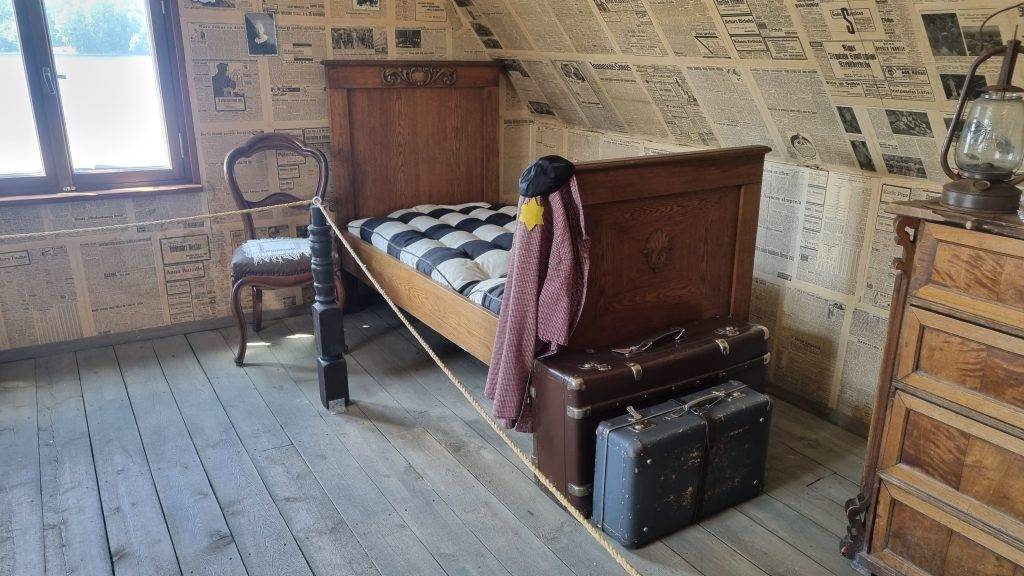
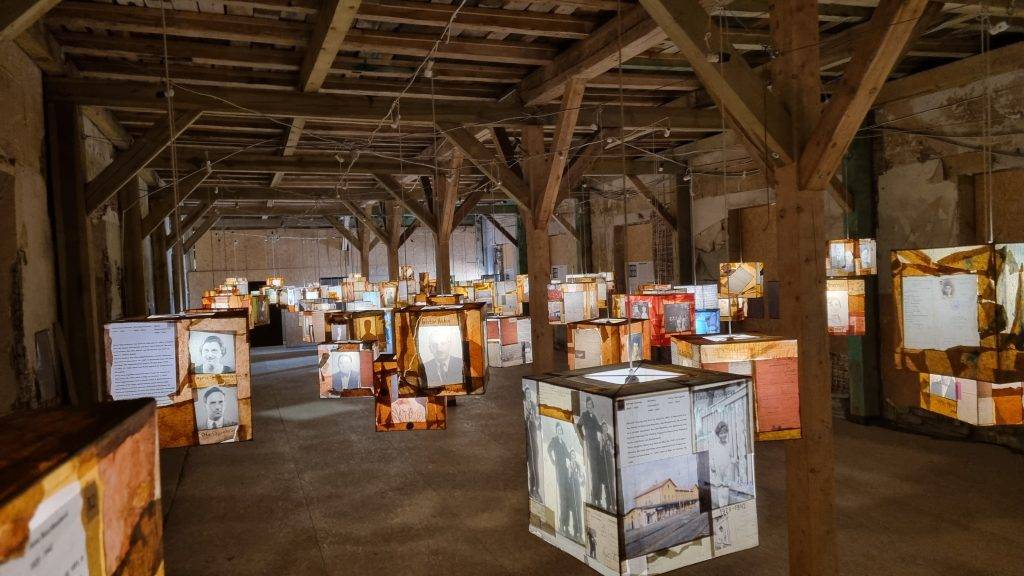
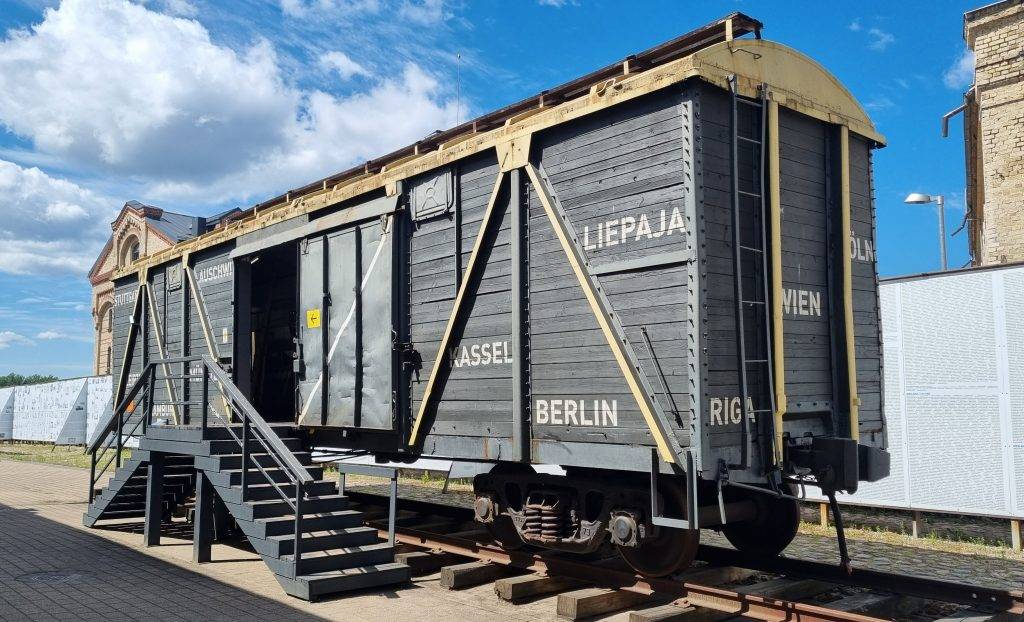
Further I go to a no less gloomy place – Museum of the Occupation of Latvia. Another sad page of history, but now for us – Latvians! Historical paths, for us as Latvians, have been full of thorns. We have literally been subjugated by all the largest nations throughout the centuries. Nowadays only few people think about that, it was not so long ago that we were not allowed to speak our minds out loud – to say what we think! Thanks to the desire of the people, the Latvians, to be the ruller of their own destiny, we can feel free today. Take your children to such museums, tell and show them the evidence of history, because we Latvians must be united, with the same and clear understanding of history.
Now the museum has two main exhibition floors. I remember the old premises of this museum, before the reconstruction, and I was not impressed by what I saw then. The first floor is basically devoted to the years of occupation, both on the German side and on the Russian side. Molotov-Ribbentrop Pact (23 August 1939) – Latvia is occupied (by the USSR) and comes under the control of the Soviet Union. Latvians were deported to the far eastern regions of Russia, from where many do not return.
Walking through the exhibits on the first floor, I feels anger at the injustice of that time, how a rational being could do it on others.
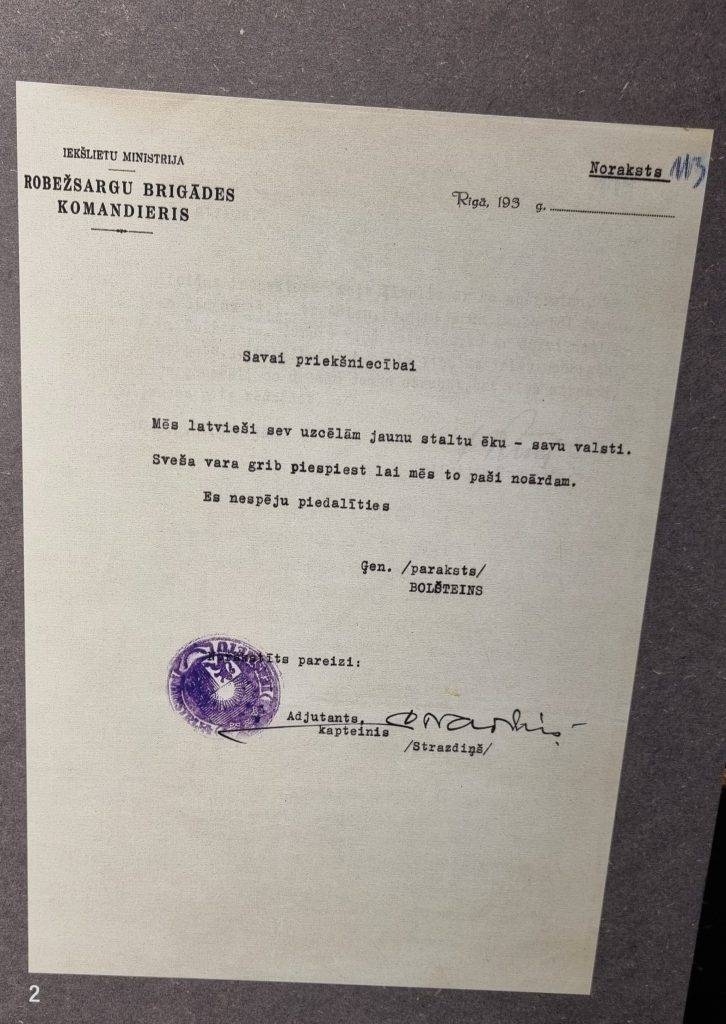
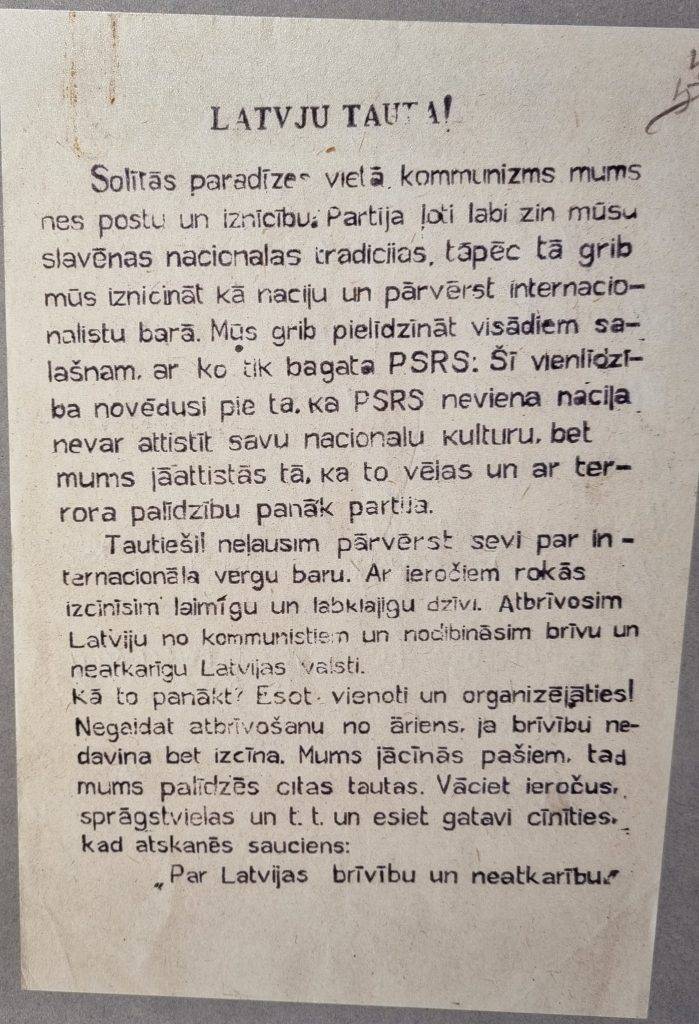
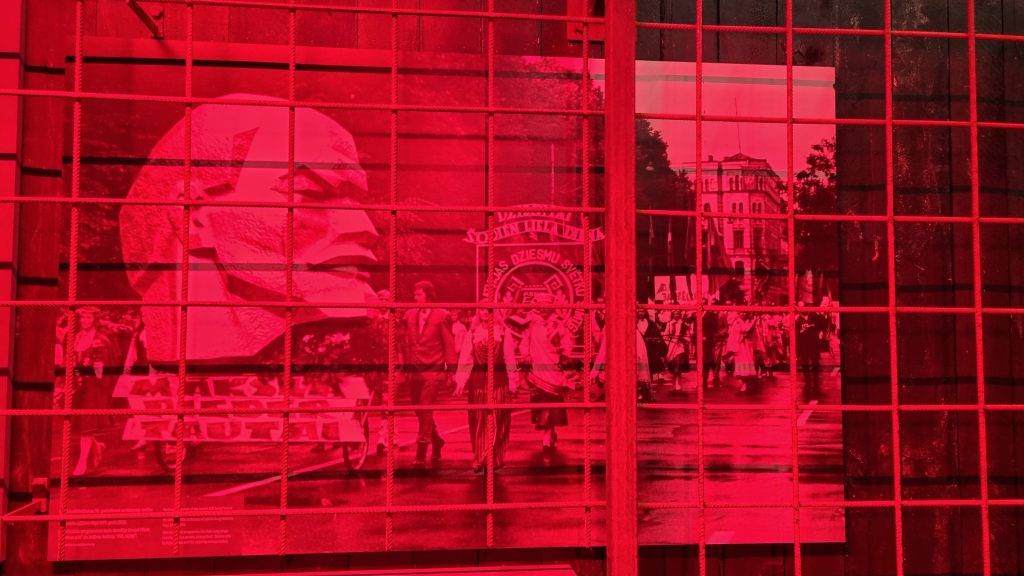
As you climb up to the second floor, there are various photos of historical events along the wall, thanks to which we can call Latvia a free country today. A country we can call our own! Looking at these pictures, reading the descriptions, one is overwhelmed by a sense of pride and respect for the people of that time. They all did something great together. Used to say that only together is strength!
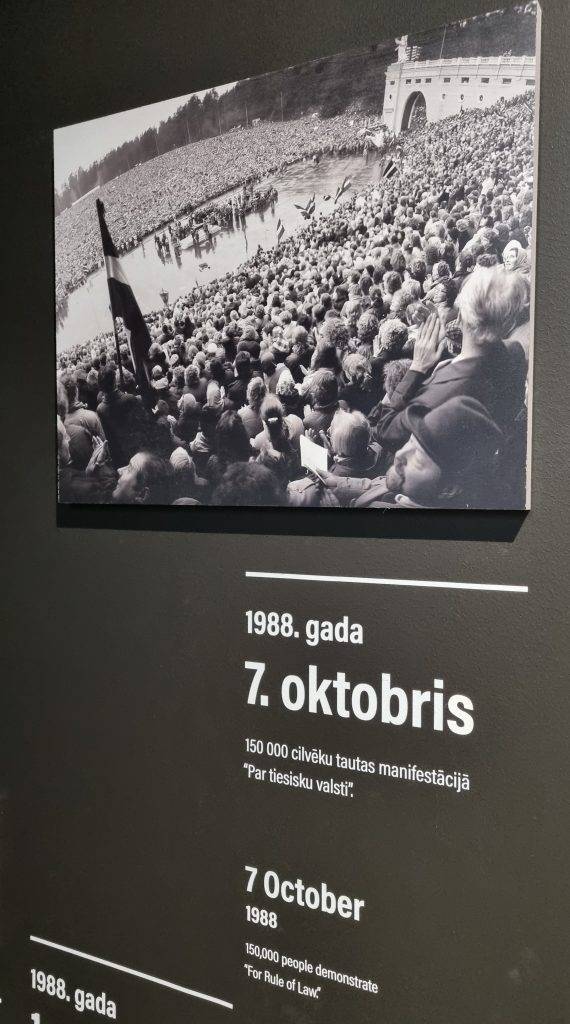
The sad history is over for today. Know history, but live in today.
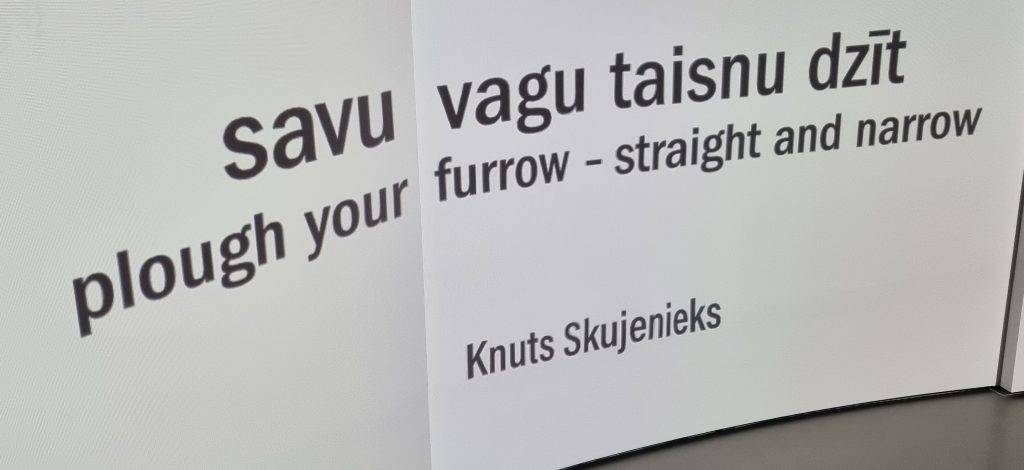
The next door I open is a magnificent building called “Museum of the History of Riga and Navigation”. The main exhibitions are on 3 floors, but on the ground floor there is a small temporary exhibition where I see the stories of the museum masters in video format, as well as some restored objects. A phrase that came to mind was said by Dainis Andersons (Master restorer of interior furnishings (furniture). “My work is my hobby. I come to work as to a celebration.” This phrase stuck with me because it is usually said in a similar form by everyone who sees work as a hobby, i.e. if work is your hobby, then you don’t actually work a day, you make money doing what you love to do best.
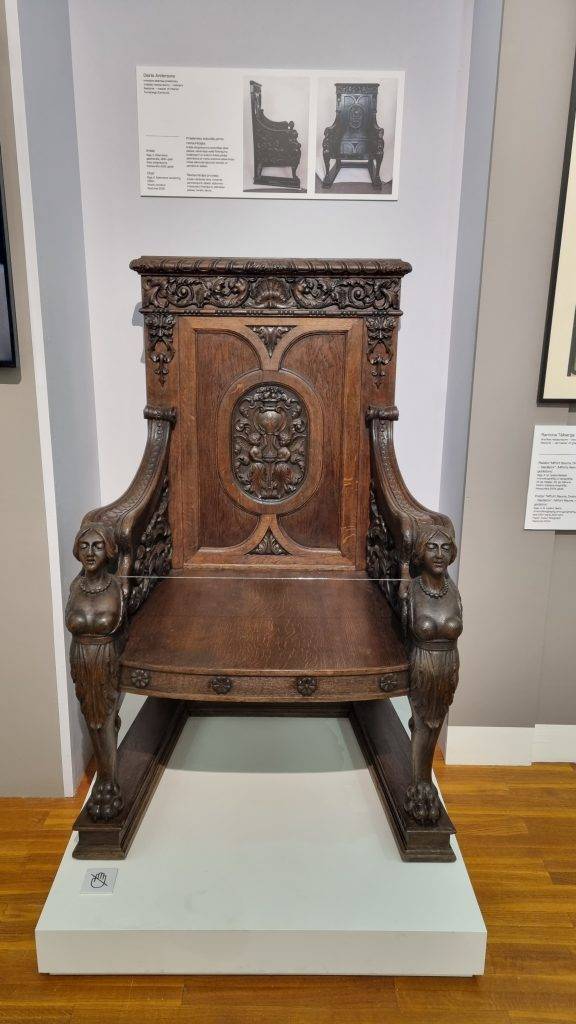
As the name of the museum suggests, the exhibits are about the history of Riga, I would say about the overall image of Riga, not so much about the details. I focus more on how Riga looked and changed over the centuries.
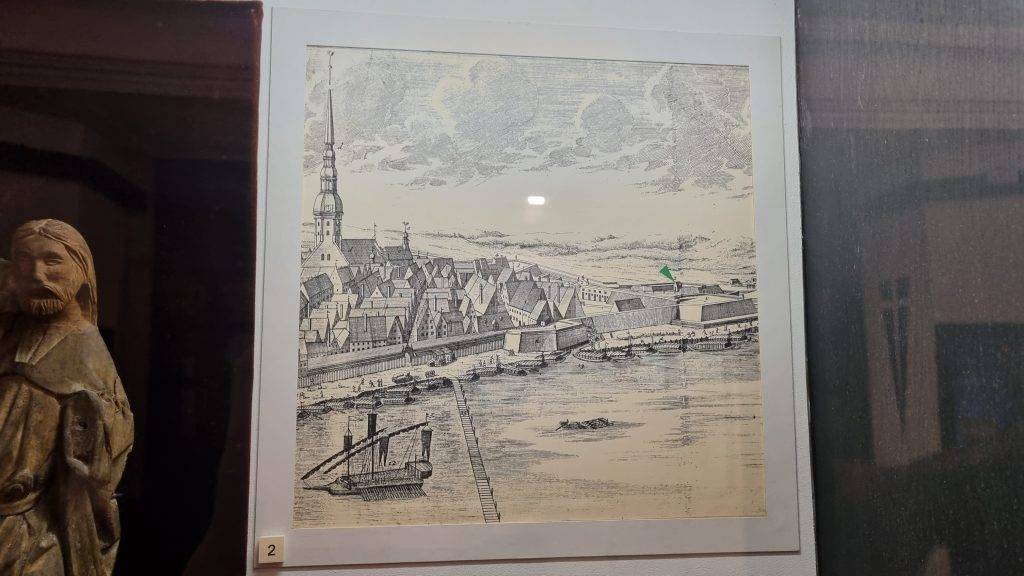
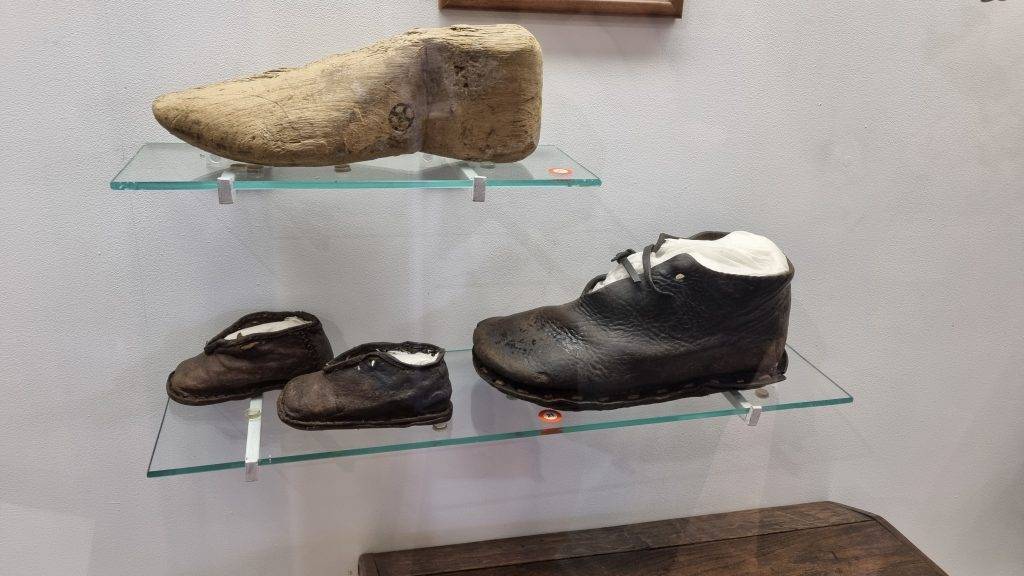
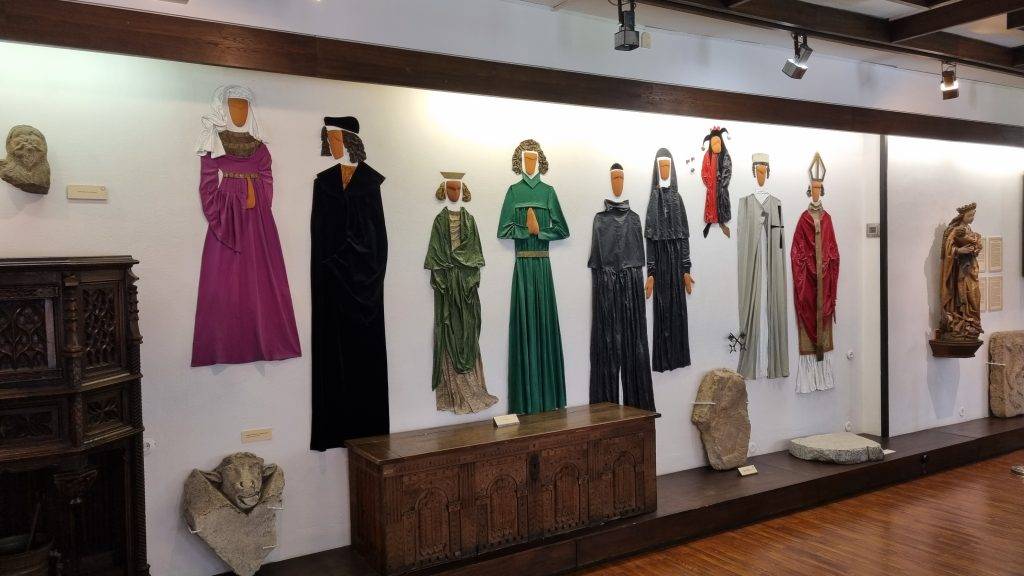
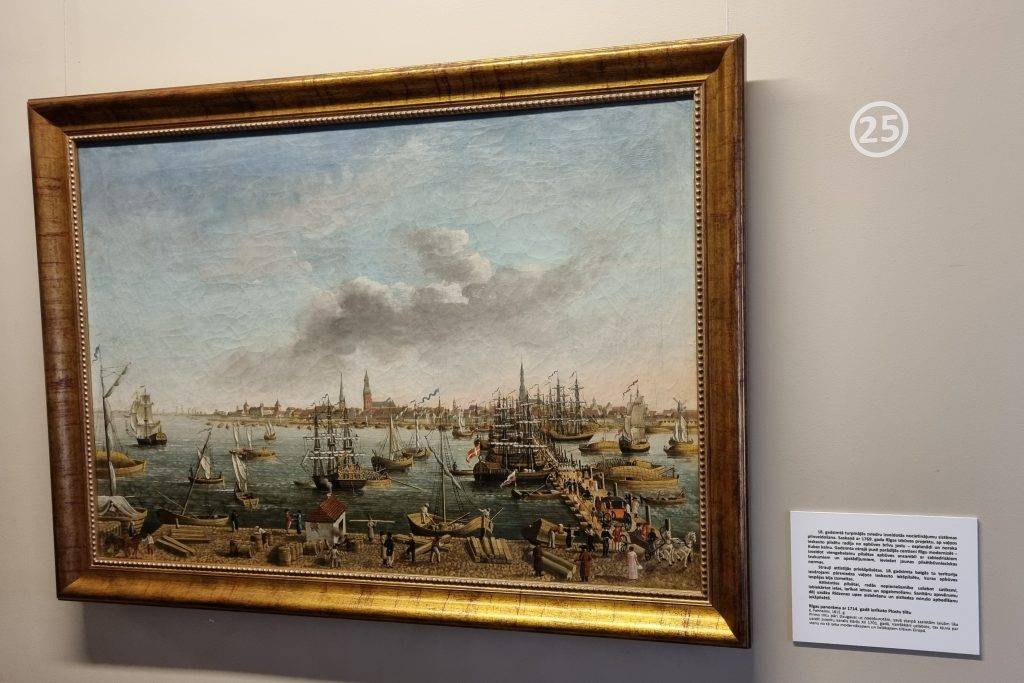
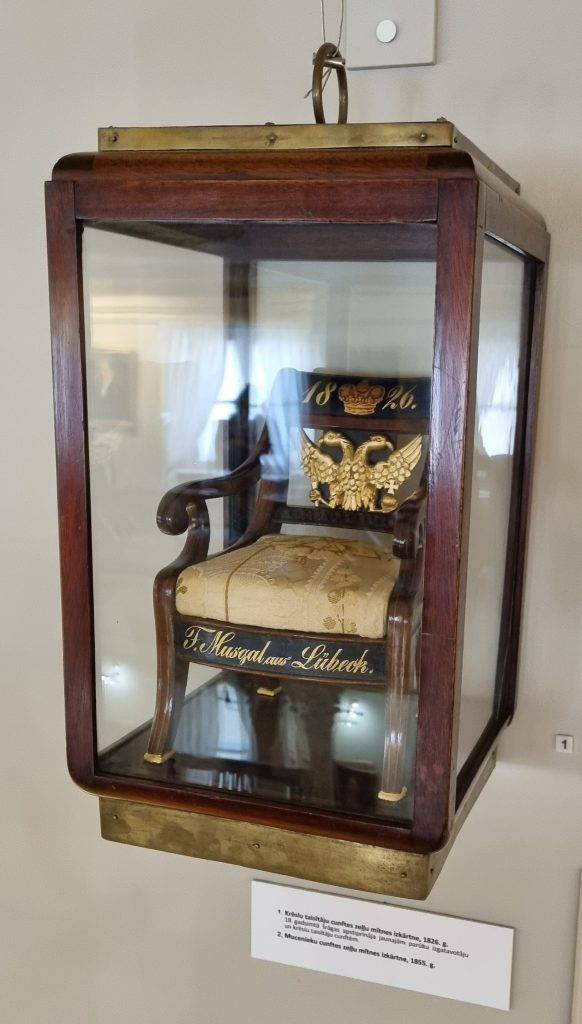
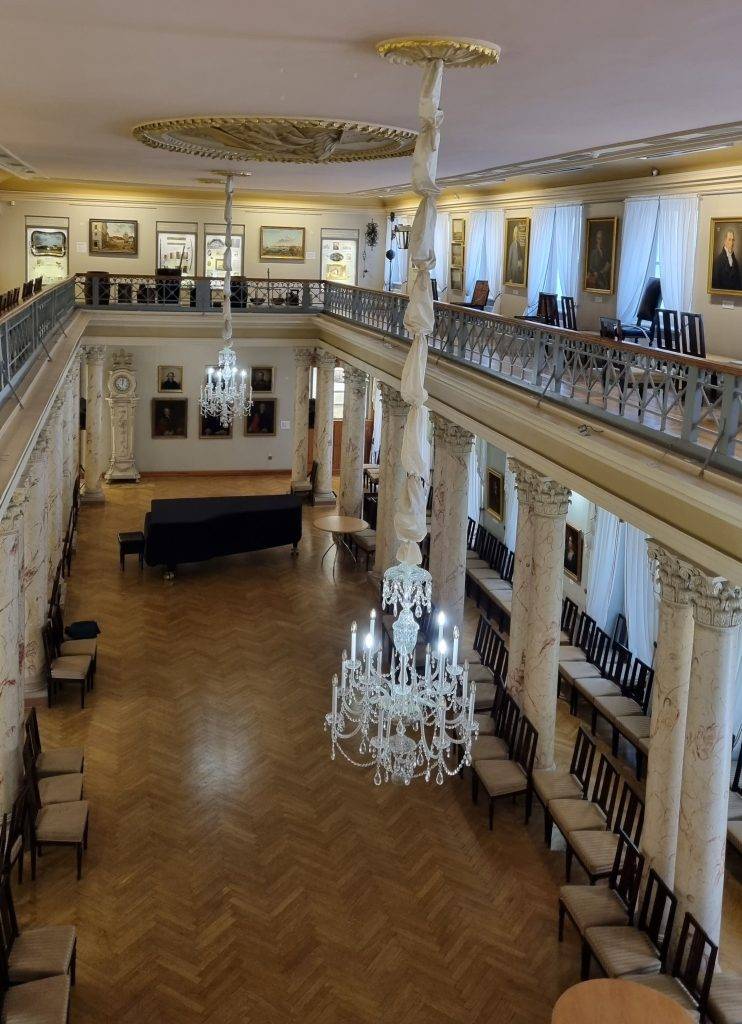
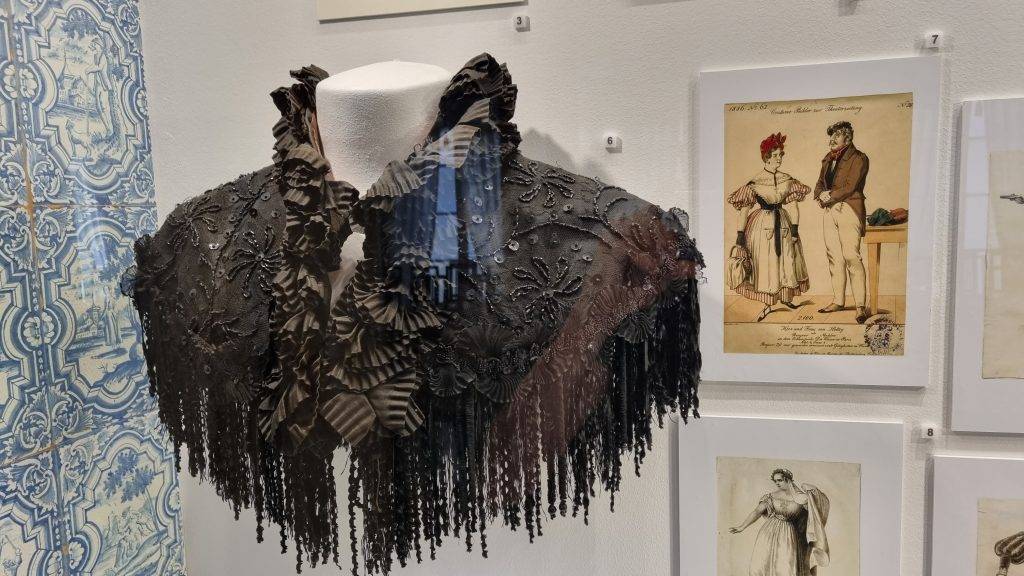
The room with the theme of the Song and Dance Festival (this year also happening) catches my attention. The official flags of the last festival, with logos, are hanging in the windows. By the way, not all the flags mention the Song and Dance Festival, some flags only mention the Song Festival, although the history pages say that the combined name has been in use since 1990, but it still does not regularly appear on the flag.
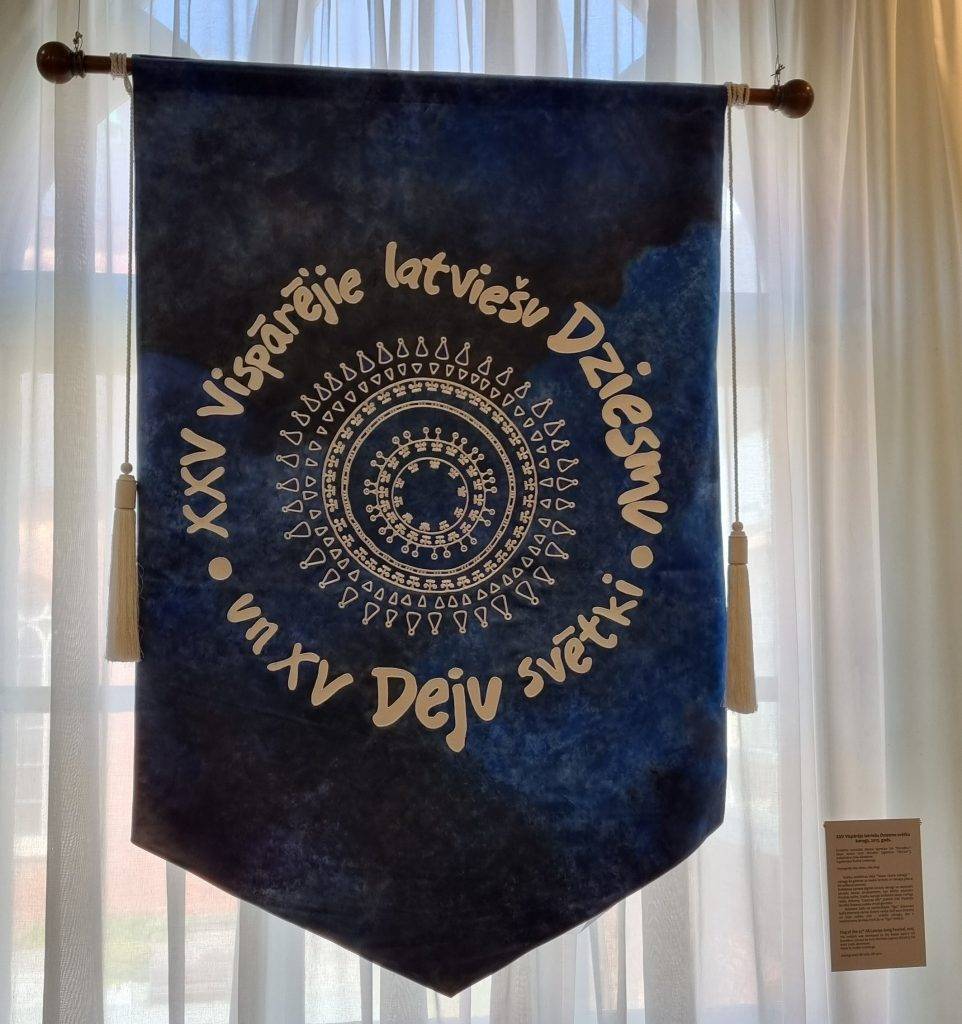
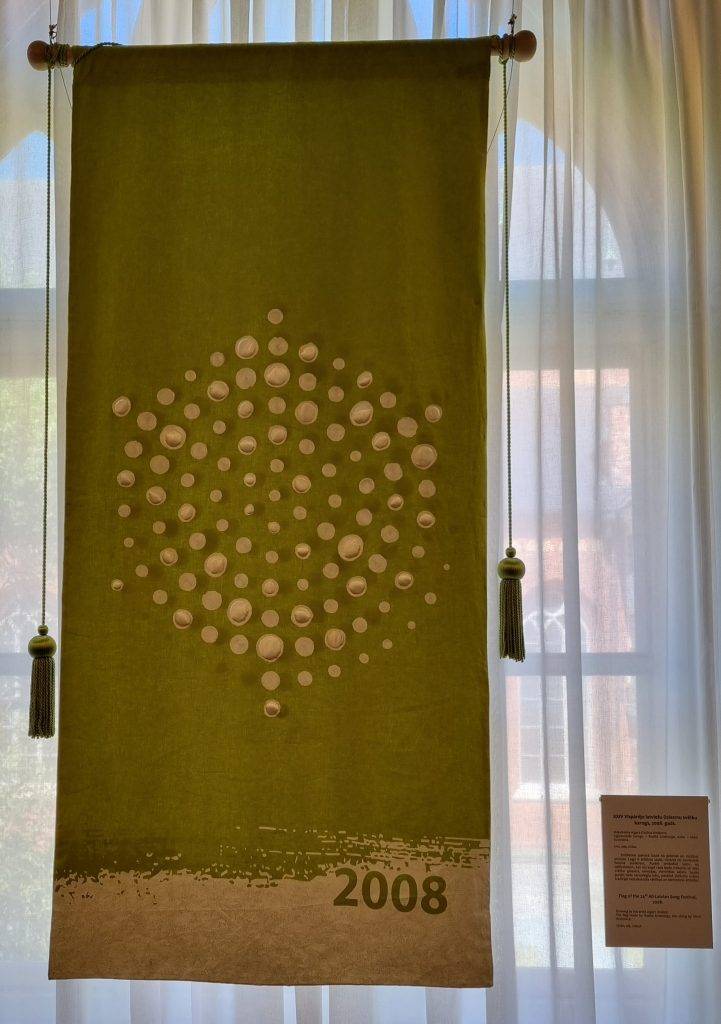
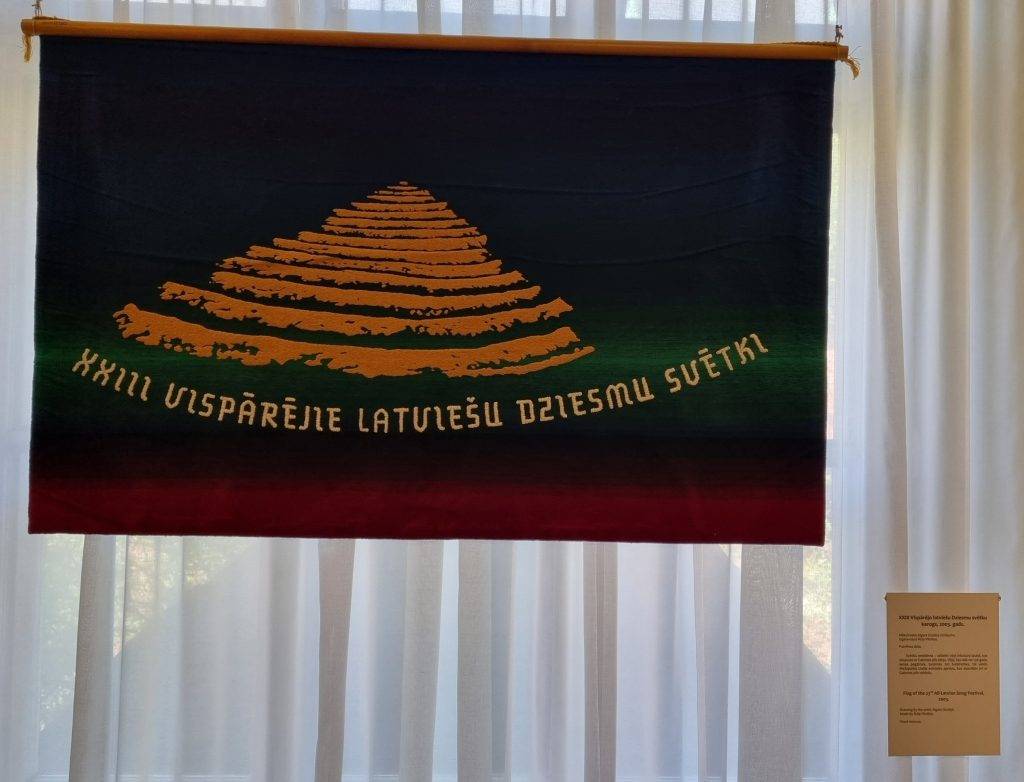
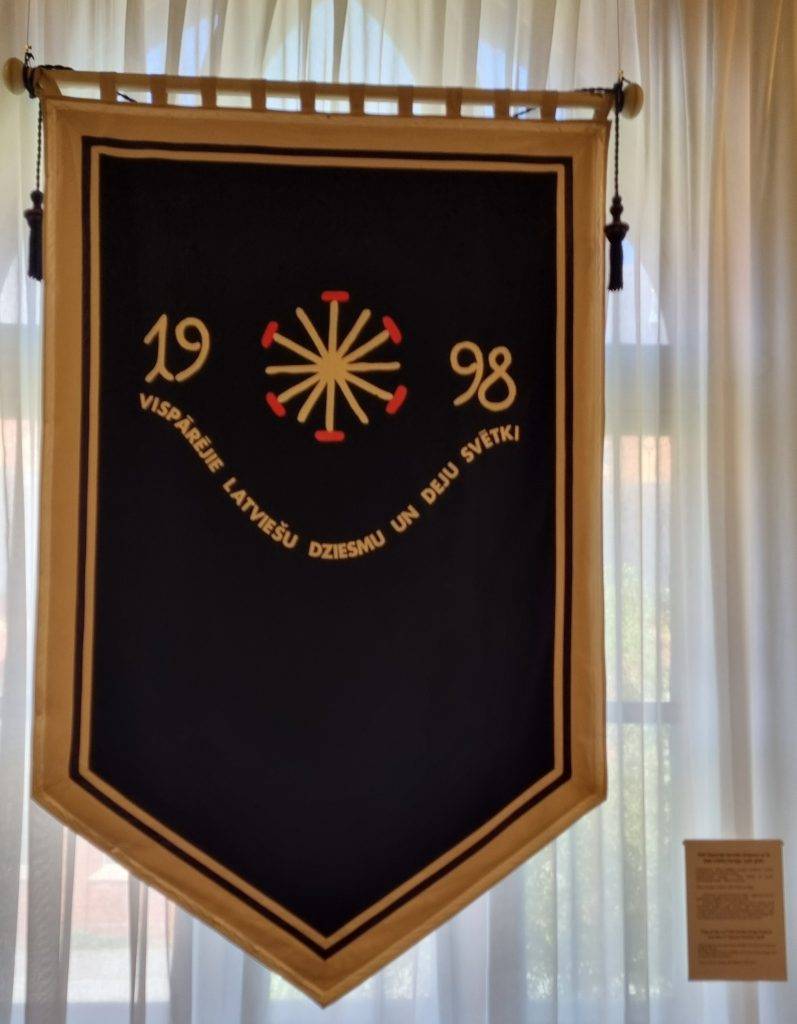
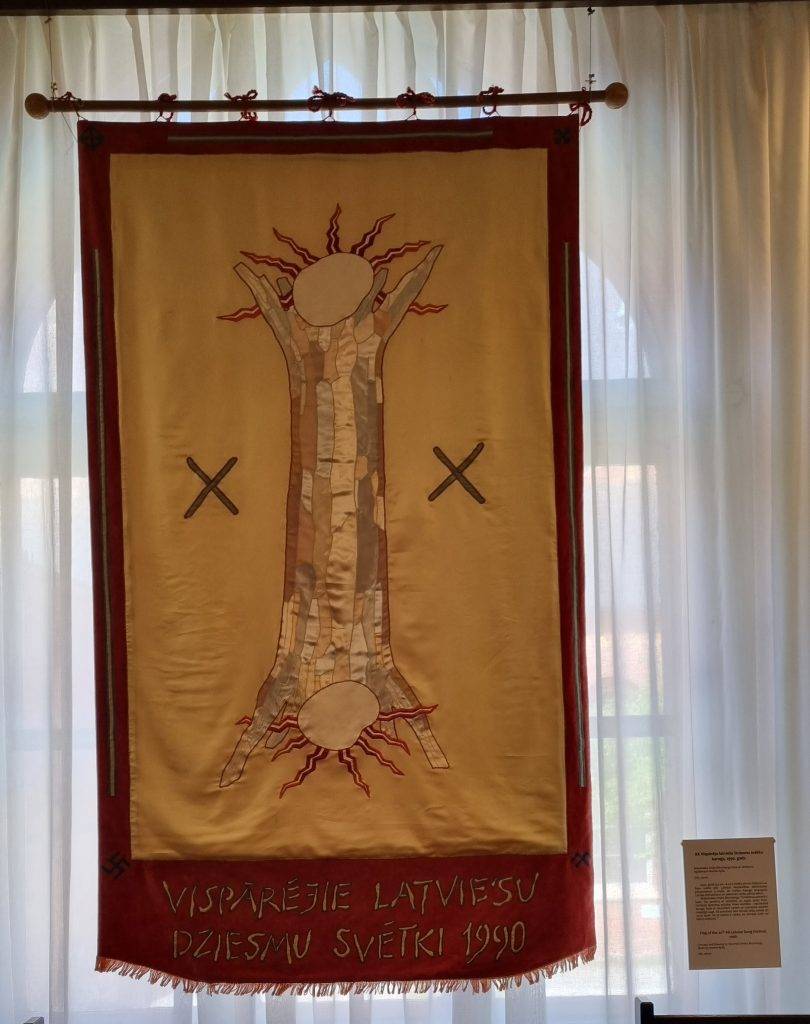
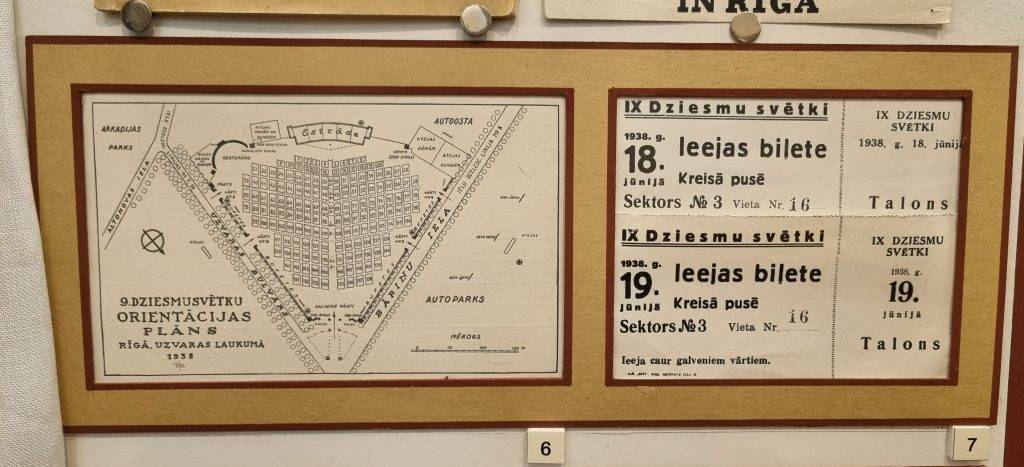
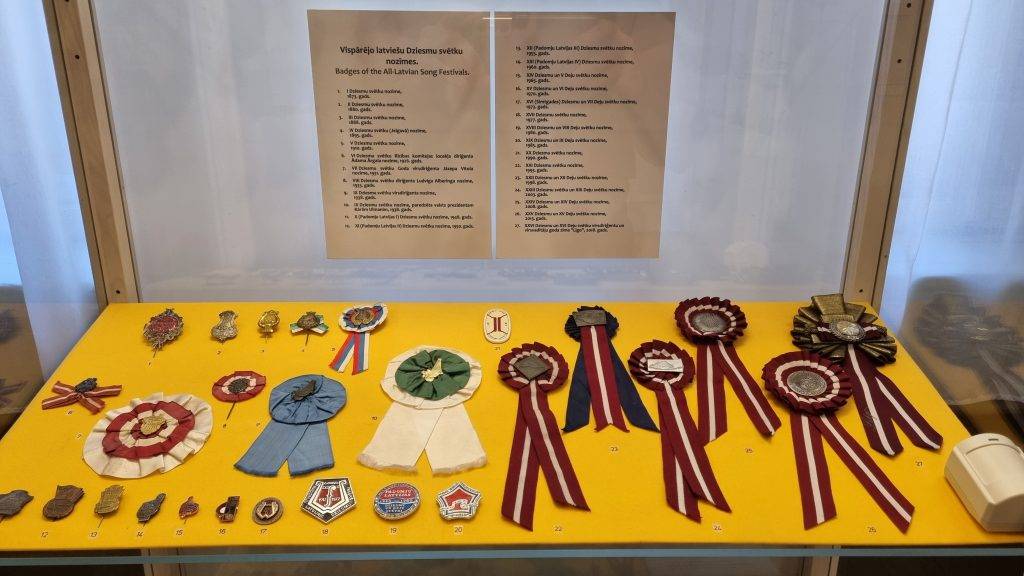
In addition to the history of Riga, the museum also has a small room dedicated to shipping. There are mostly just large-scale models of various ships, but they are finely detailed and eye-catching. There are many interesting things to see in the museum.
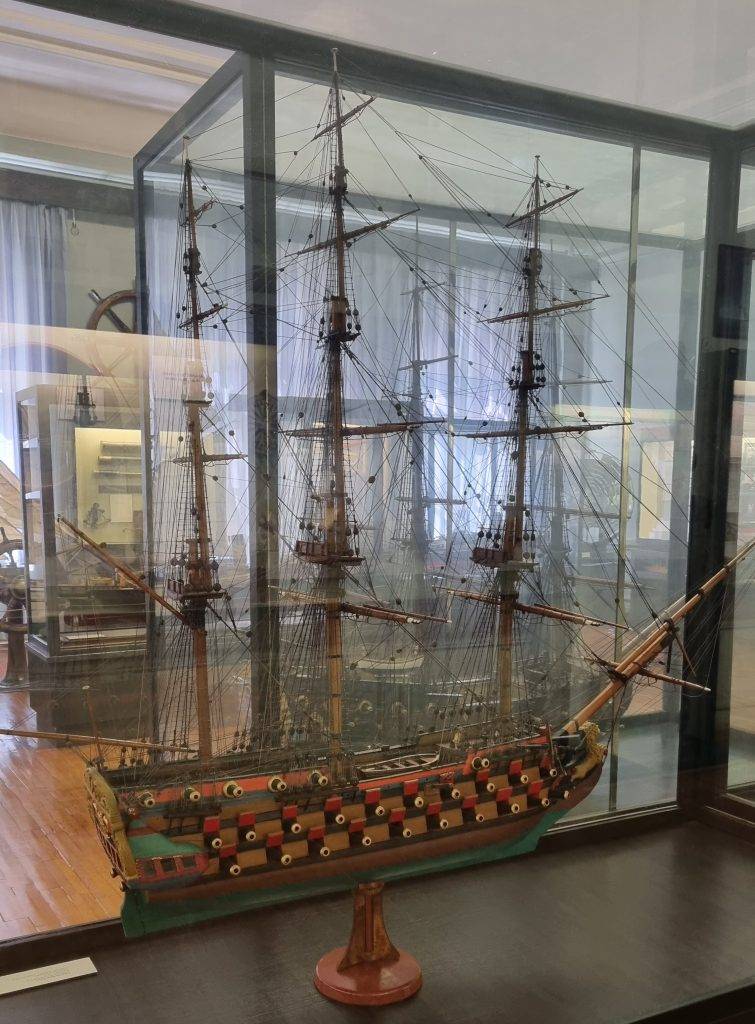
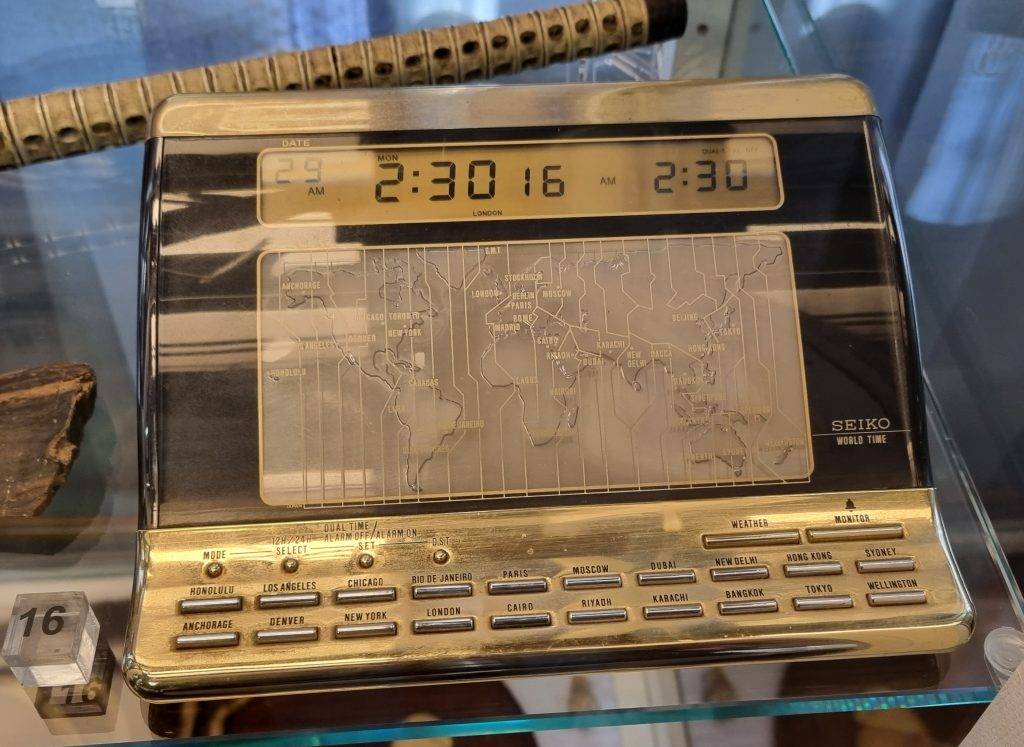
Right around the corner, across the street, in the courtyard, Art Museum Riga Bourse, the art museum, is waiting for me. I had previously looked at this place as a place to organise a photo shoot (an official offer from the place owners), because the premises are suitable for it. Not much, but luxurious. I knew before I was in this museum that there wouldn’t be many sights, but if you don’t see, you don’t know. There are various temporary exhibitions in the building on a regular basis, I didn’t go to it this time, but found out that it will be open until 17 September (7th Riga International Textile and Fibre Art Triennial). I have mixed feelings about whether I would recommend this museum as a TOP-worthy place or not, if you are passing by, you should stop by, but I wouldn’t recommend a special trip.
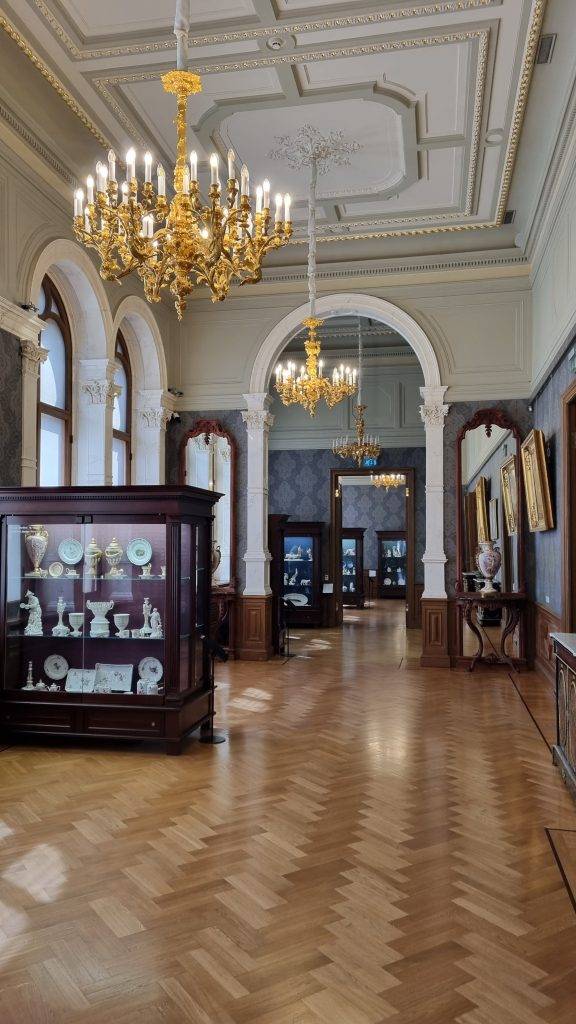
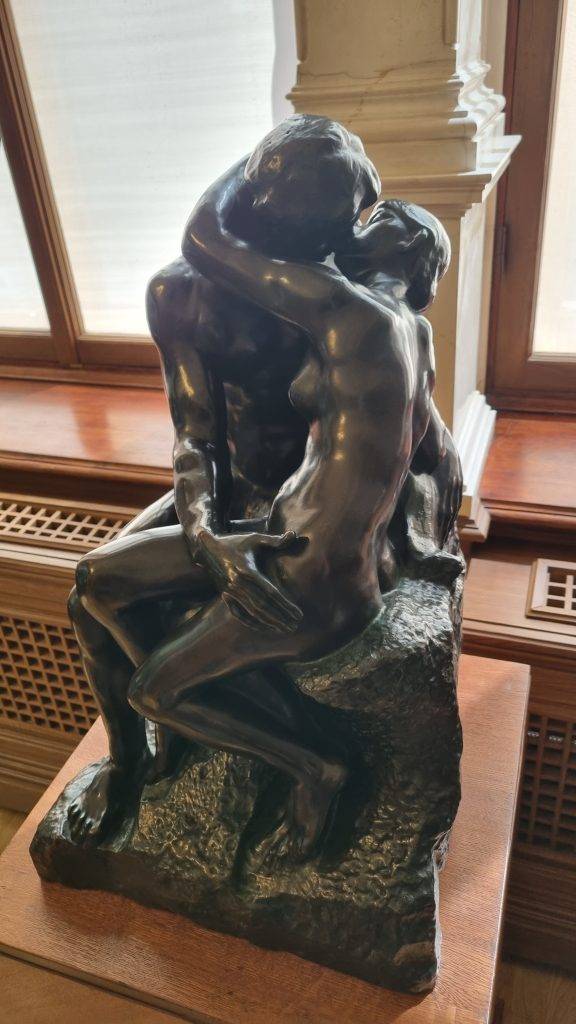
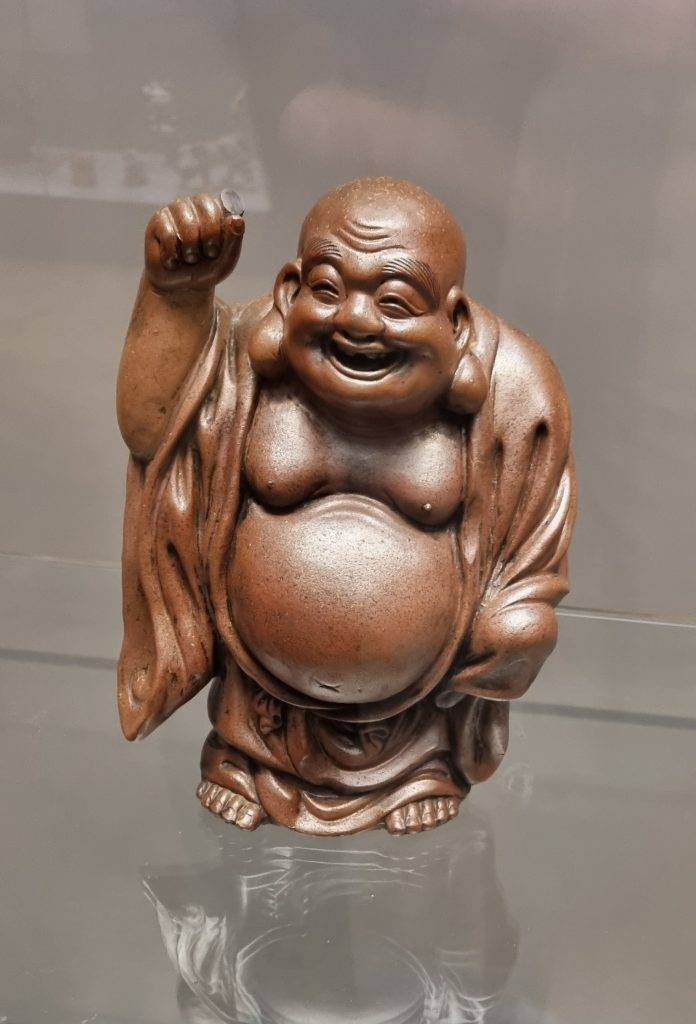
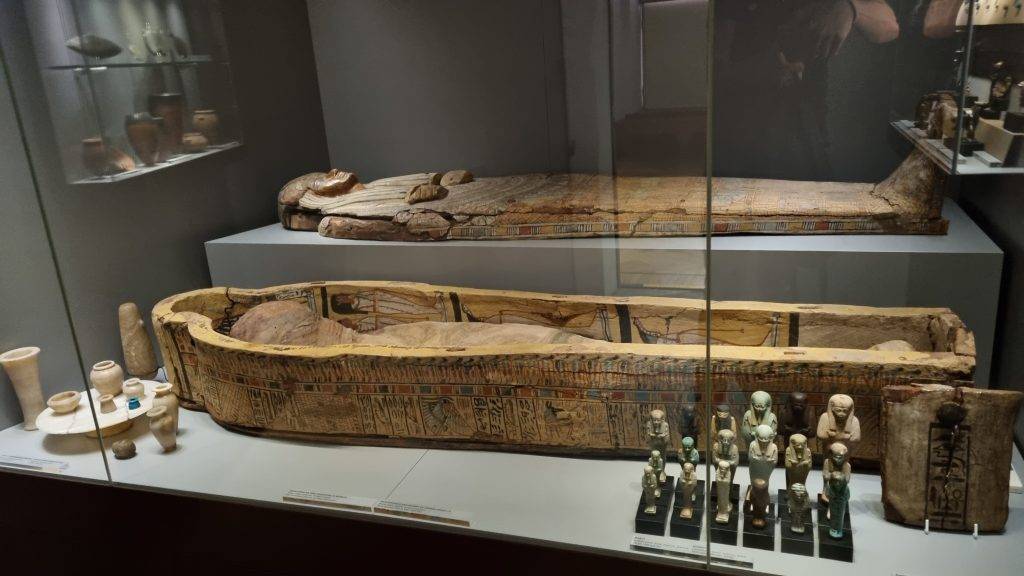
It’s still a long day, but I don’t want to saturate my mind with what I’ve seen so that I can remember everything in a meaningful way. Coffee break. And I’m putting the last museum stop of the day, or “Latvian National History Museum” is my last stop today. I remember this museum as the historical premises of the faculty of History and Philosophy of University of Latvia. And no lie. Until 2013, the museum’s main exhibition was housed in the Riga Castle, until the fire. Without going into details, the faculty’s premises were moved to the economists’ building, and the museum’s exhibits got a new premises.
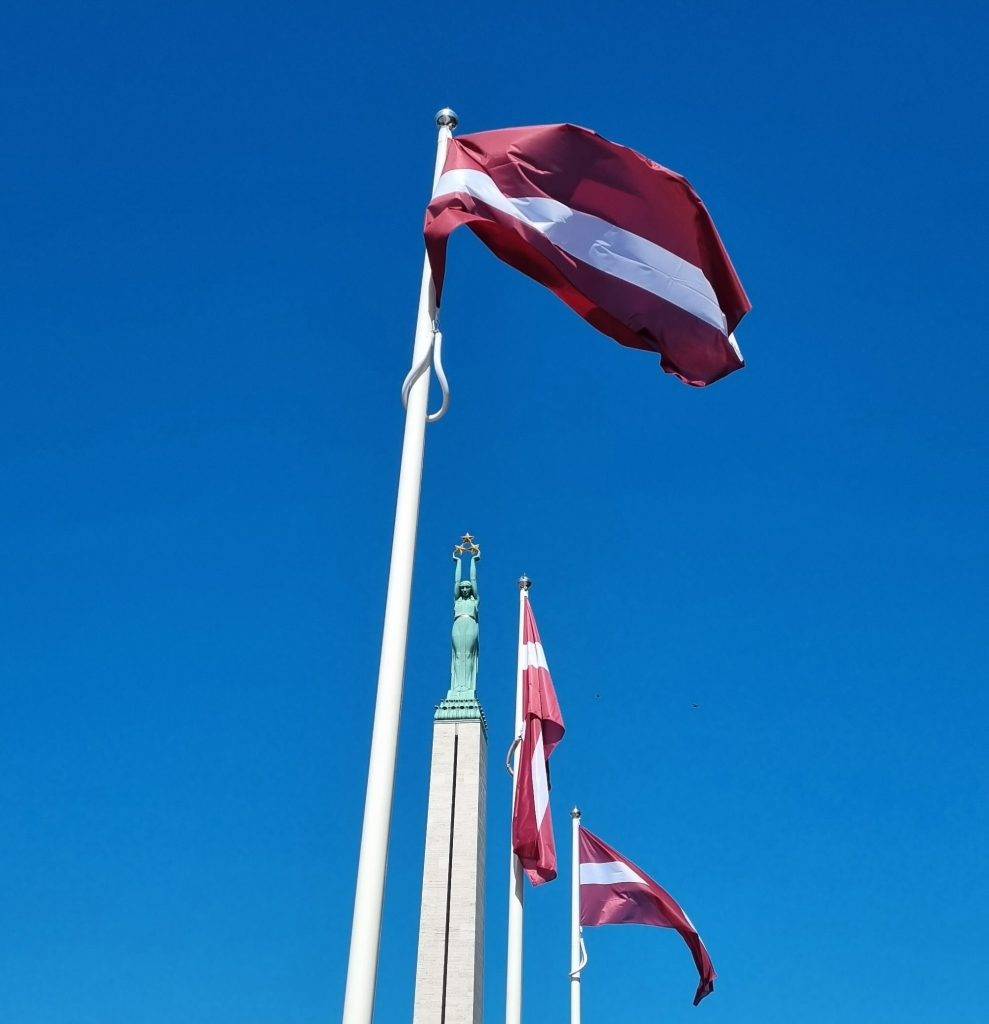
The museum has 3 floors. 2nd – 4th floor. The 2nd floor is dedicated to the events of the founding of Latvia as a country. The most important people and papers, including the constitution. The 3rd floor starts with the oldest historical evidence of Latvia, its inhabitants and their customs. The 4th floor is a flight through the history of the last century. I was interested in the development of photography in Latvia, also in the early days of photography it was an expensive hobby, time passes but there are things that do not change.
Some medieval laws (sadly – only latvian part of the exhibits):
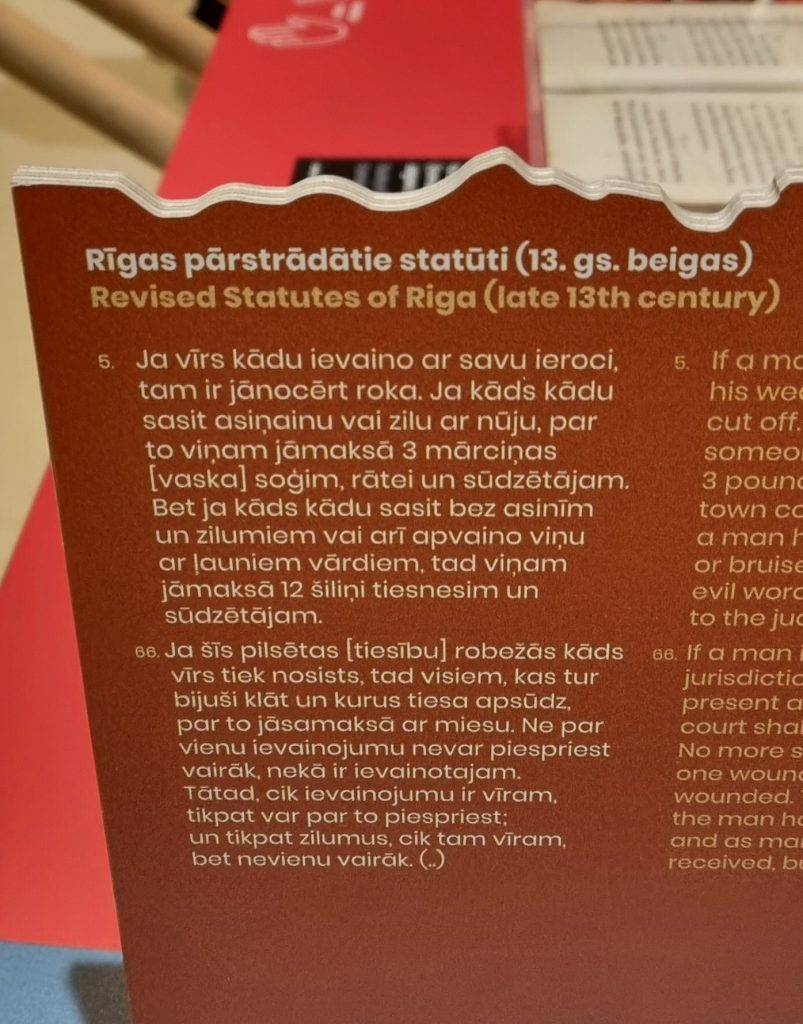
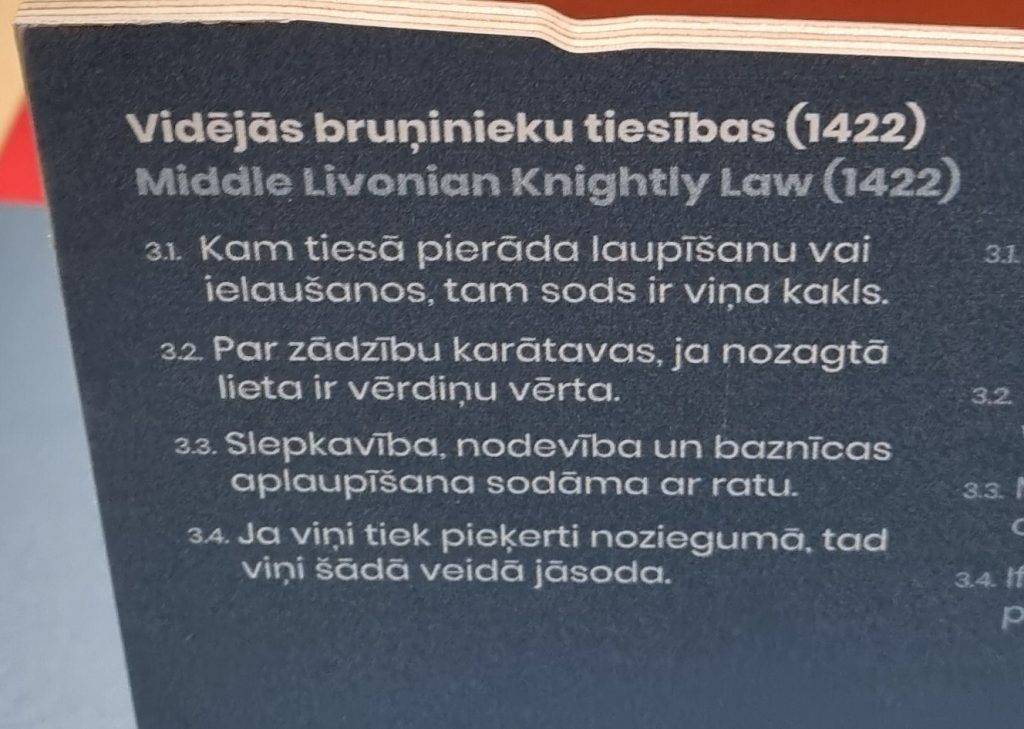
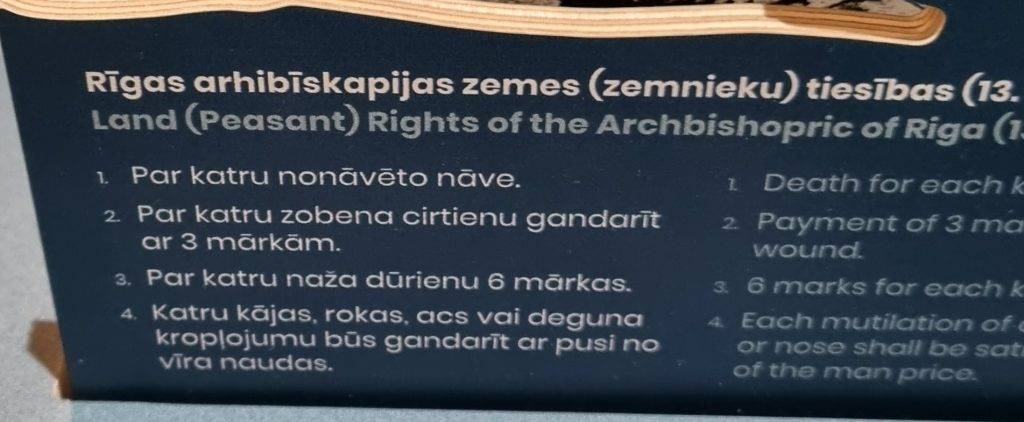
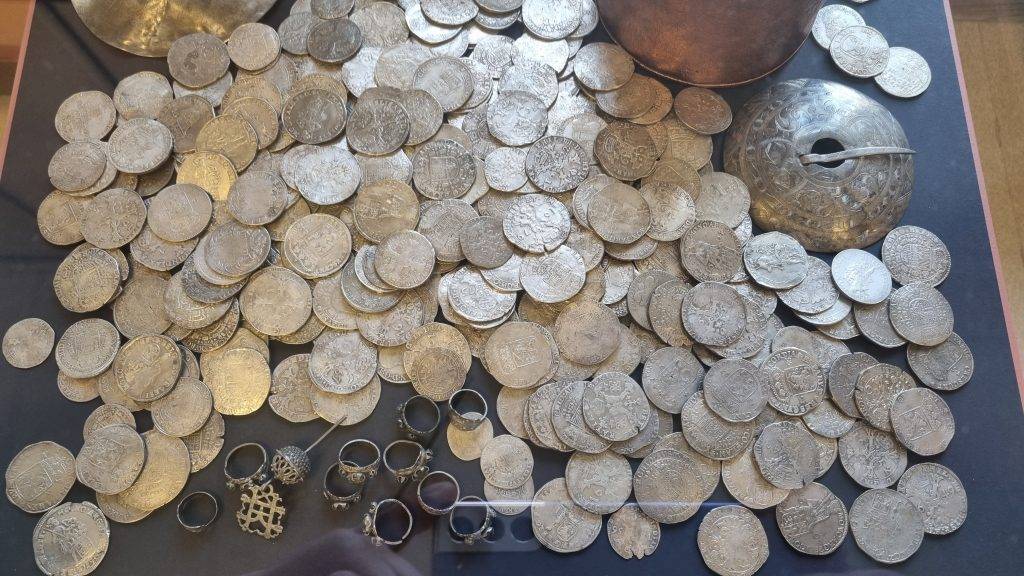
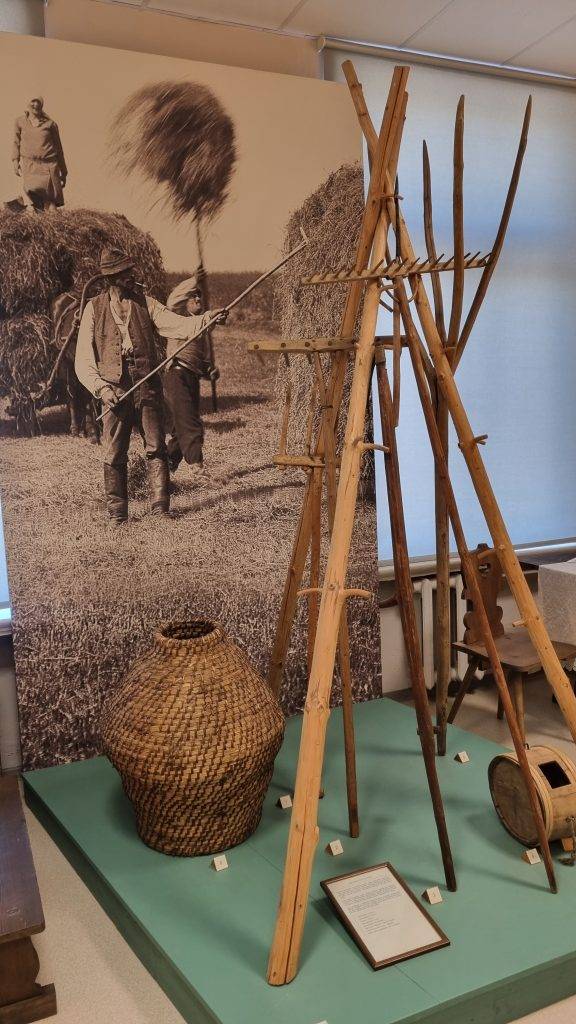
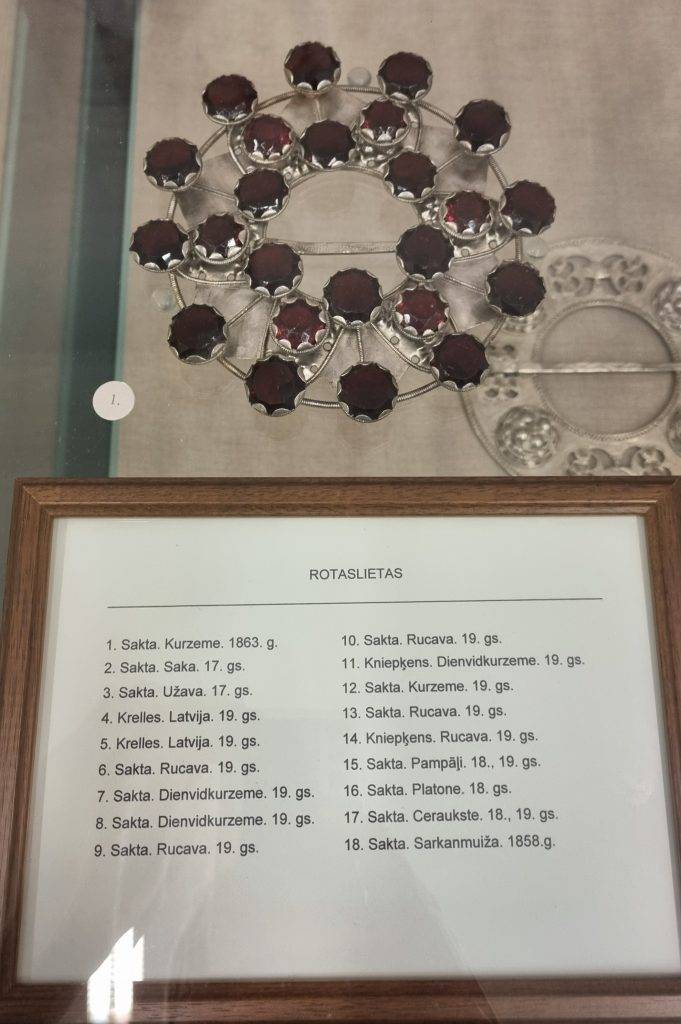
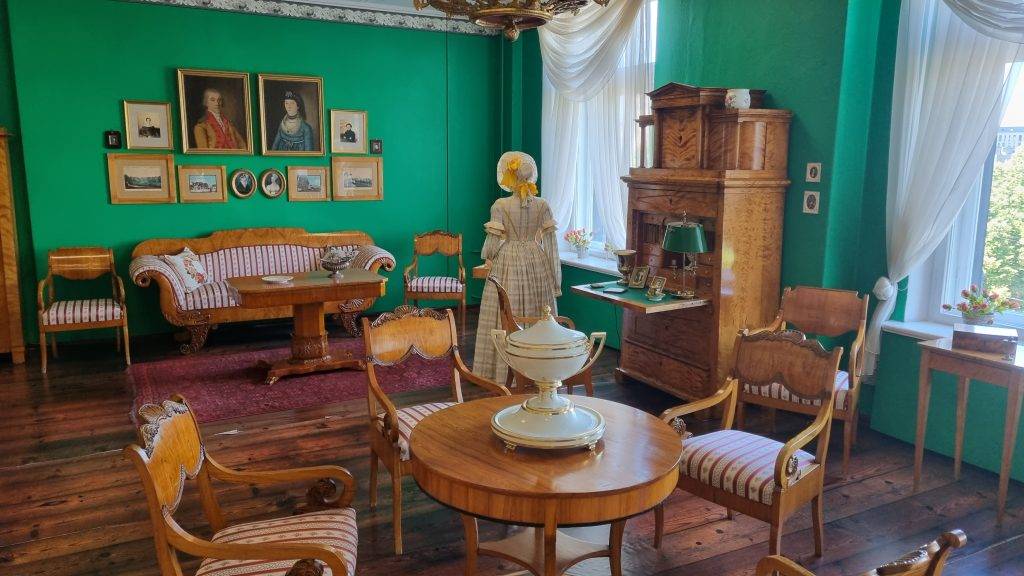
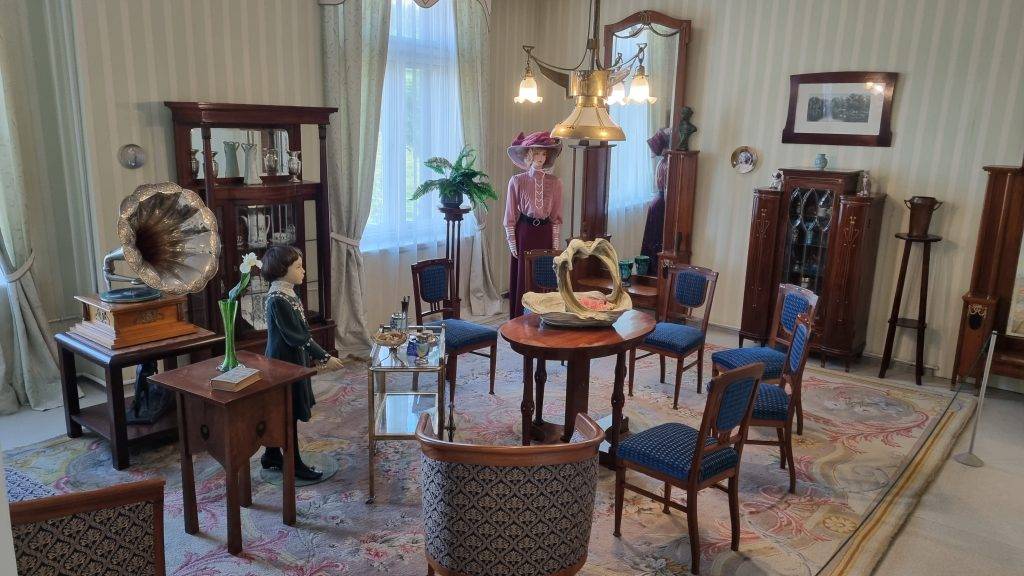
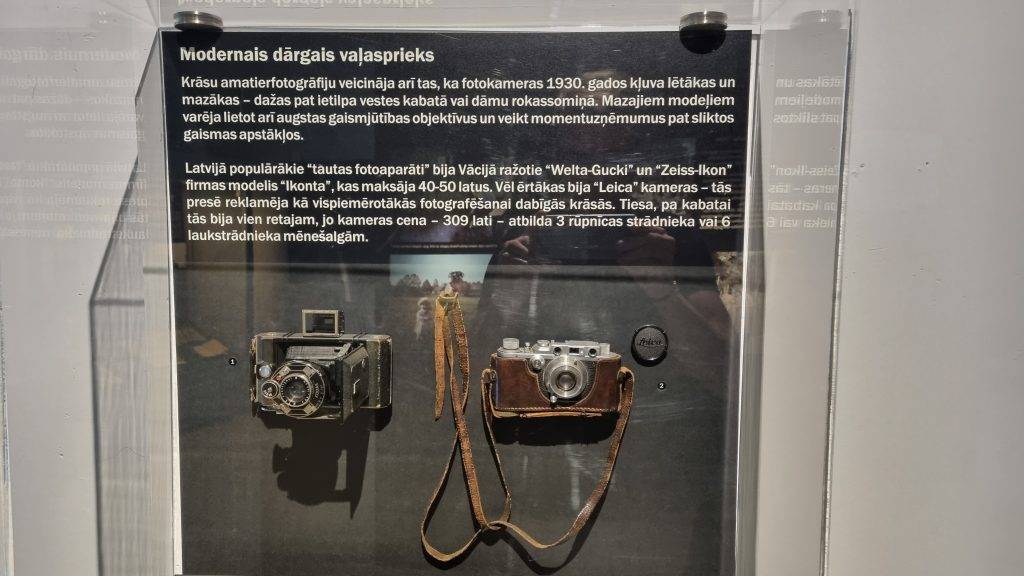
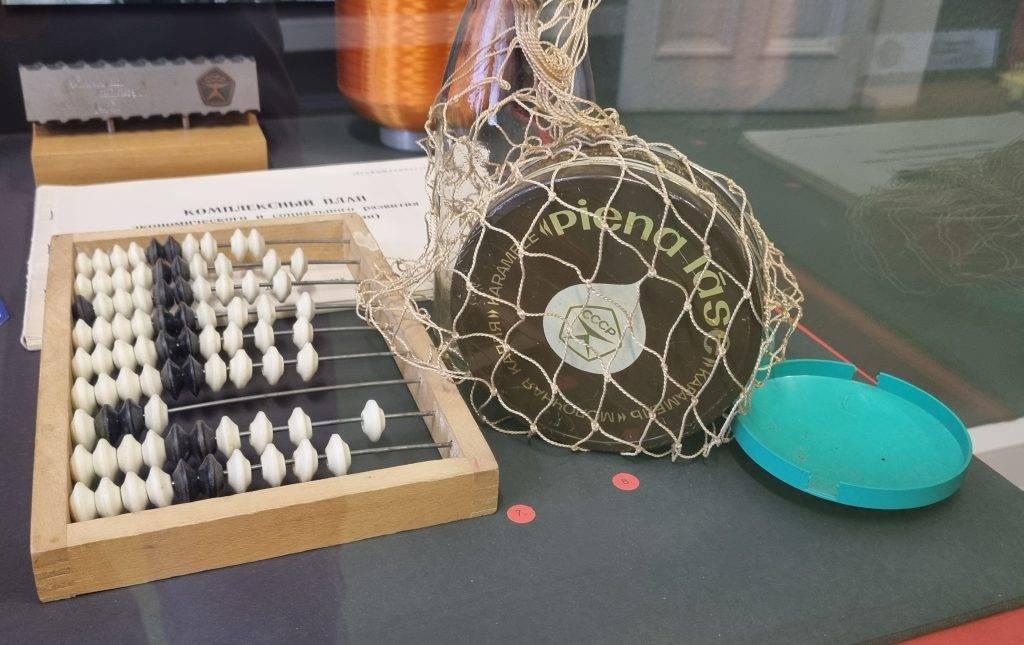
Quite a lot seen today. What I have seen has been written down and immortalised, but other museums are still waiting for me!